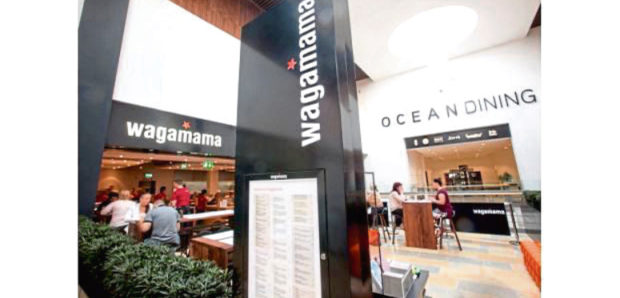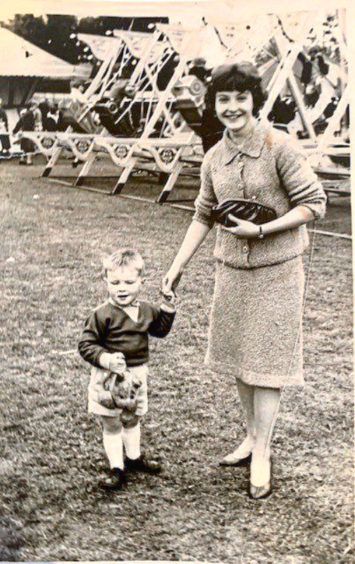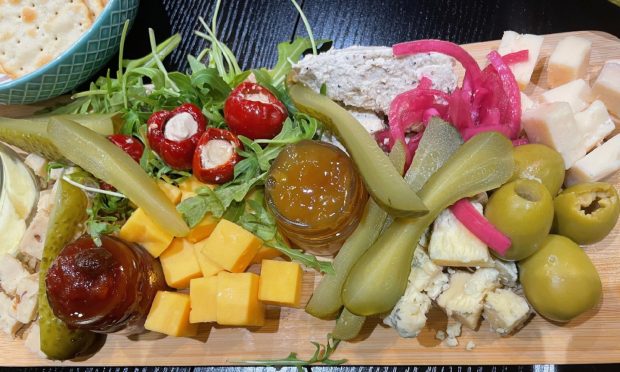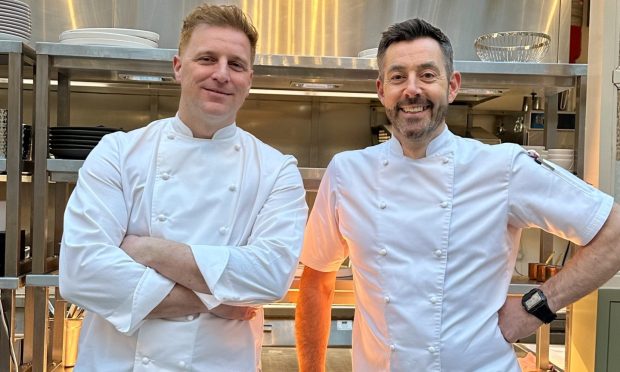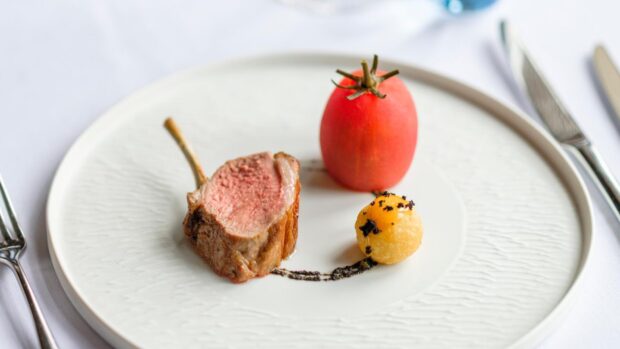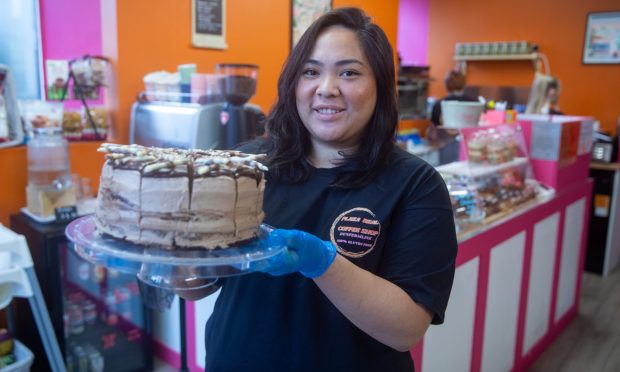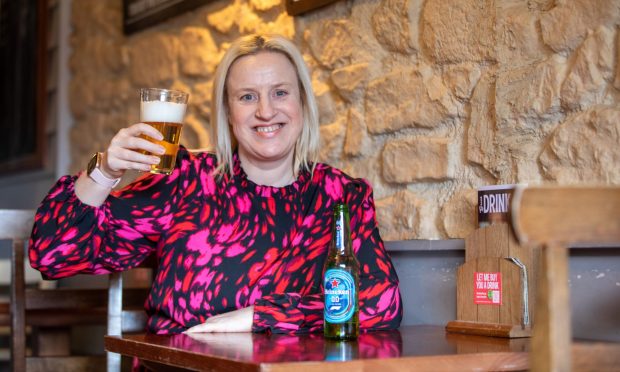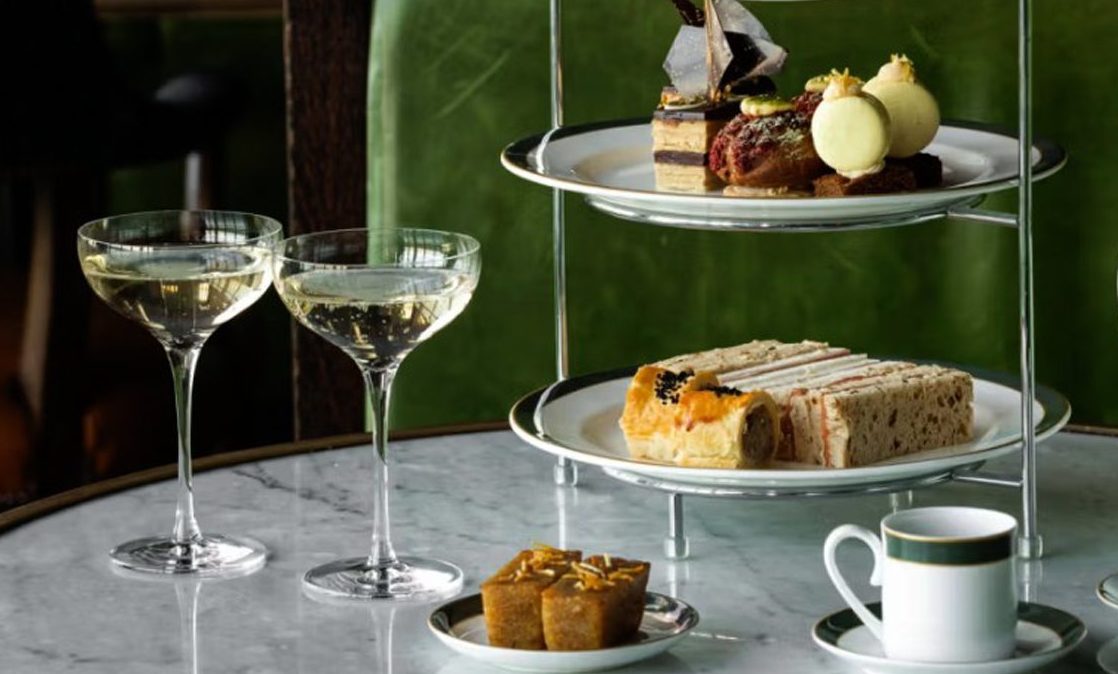Happy New Year! Since 2020 was so tumultuous and 2021 looks like it won’t be lacking in drama I’m breaking my own rule and have made a resolution.
Normally I never do this, because I find most resolutions get broken a day later and a lot of them are so fatuously woolly it’s not worth the bother of thinking of them.
I mean, what exactly does “be kind” mean? For me, it’s no use saying “be kind” to someone with the demeanour of a Baroness Davidson or a Jacob Rees-Mogg, because lily-livered soft centres just aren’t included in their particular ermine-lined selection boxes at Christmas.
I think it was writer-controversialist Julie Burchill who raised the idea that a lot of people who go around preaching kindness are quite often horrors in real life.
Kindness
I’m generalising here but the contemporary practice of wearing kindness like a new coat is pretty tiresome, especially when our society so desperately needs fundamental change. The really kind people are the ones who are trying to effect change at every level – from challenging inequality, working in a foodbank, helping underprivileged kids, donating to charity, popping in to see an elderly neighbour or baking a cake for a friend – and not those who take their five minute life hacks from a Hallmark card.
The song and sentiment Don’t Worry Be Happy never seemed as anachronistic or unattainable as it did in 2020, the year that we all worried incessantly, for ourselves, for Britain and the world.
My resolution this year is to become physically and mentally equipped to withstand whatever the new year throws at us. At the age of 61, I realise that this is the time of life when the batteries can start to go flat and the wheels turn a little slower.
Getting certain parts well-oiled is an answer but not really one that works long term and, after a year of indolence and fear, it’s time to turn the spotlight outwards. Just please don’t call it self-care or healing.
Wee and wiry
Diet is a word that used to be banned by my mother – but then she did have the distinct advantage of being whippet-thin all her life. When congratulated on this she would proudly say she was “wee and wiry – the nearer the bone, the sweeter the meat” while looking at my sister and I tucking into a box of Fisher & Donaldson fudge doughnuts and wondering where it all went right.
My mum was able to eat what she wanted and still remain slim, a genetic trait that seems to have skipped a generation, with her son at least.
The first rule of diets is that they just can’t start on January 1 because the hangover will make you so irritable that you’d kill for a doughnut, fudge or otherwise.
No box of soggy Amaretti biscuits will be safe and nor will that trifle – now mutating in your fridge, a week after Christmas.
As your blood sugar levels plummet food poisoning might suddenly seem a risk worth taking, which wouldn’t be the wisest start to a new year, although I guess you might consider the weight loss an agreeable trade-off.
Start your new regime today or next week, depending on the severity of your hangover. Wait until you feel balanced with just the mildest fug of a disappearing headache to remind you that you never want to have a drink again.
That’s the feeling you want to aspire to every day – abstinence, denial and guilt.
I begin by planning.
There is nothing I like more than a new diet book, especially one which requires the purchase of lots of vitamins and potions you’ve never heard of before, many of them unearthed from the rich soil of an island so inaccessible it can only be reached under a full moon by Bear Grylls and a C-list celebrity.
This makes anything produced on that island very rare and thus reassuringly expensive. Already you feel you need lots of these esoteric pills because, really, your aim is to rattle with good health when you walk.
This, combined with the crunching of your bones as they become stripped of extraneous flesh, will be just the encouragement you need to keep going in the pursuit of being thin – even just for a day or a quick selfie in a good light.
Remember the furore when Kate Moss said “nothing tastes as good as skinny feels?” I have an equally lithe and rich friend who had a similar mantra which she would normally quote when she saw me ask for the dessert menu in a five-star restaurant I’d probably never be able to dine in if she wasn’t paying.
Withering words
Focusing on my lowest chin, my friend would peer over the top of her glasses and declaim that “food is good, thin is better”. These six withering words were said with such conviction that the idea of dessert immediately seemed as archaic and out of date as speaking Latin or listening to Gordon Brown.
There was no discussion, except about whether we should have a no-calorie expresso. Mostly we wouldn’t and she’d pay the bill and we’d be out that door before the words “chocolate nemesis” had even formed on my lips.
The thing about diet books is that the food is largely so unappealing. I don’t think I’ve ever cooked anything from a diet book that tasted good enough to serve to anyone else not in purgatory.
The only exception to this is the Sirt food diet book which actually has many recipes you’d like to eat – although if you don’t like buckwheat you might starve.
The way to deal with diets is to read the books and understand the principles just enough to motivate you and keep you on course. Then, if you’re me, you simply cut out bread, pasta and potatoes, stop the red wine delivery, do some exercise, drink lots of water and eat less of everything.
Diet bore
This means that you can still obsess about food without turning into a diet bore, which your friends will be very thankful for. You can still dig out all your cookbooks and spend hours looking over recipes that fit in with your new lifestyle – and then cook them, but in smaller portions.
With this in mind I’ve been going through all my books to see what feels more like today and not an old Weightwatchers pamphlet from 1980. My first thought at such times is always Wagamama or itsu, because both feature the kind of food I love.
Also, as neither have restaurants on Tayside you have to cook this food for yourself although itsu sell a limited grocery range in some supermarkets.
When Wagamama appeared in 1992 it was a complete revelation because it instantly democratised a certain type of food which had previously only been available in very elitist, expensive restaurants.
Initially based largely around noodles, the soon-to-be chain brought a new concept of healthy eating to the UK. The food was fresh, nutritious and light and was served in an environment that was as Zen as it’s possible to be in the middle of a busy city.
Thus, the restaurant’s adoption of the Japanese concept of kaizen (change for the better) made a visit to Wagamama feel both transformative and nourishing, a concept that still feels pretty authentic today, even after much expansion and corporate acquisition.
The nearest Wagamama to us Taysiders remains either Edinburgh or Aberdeen which is frustrating because, although the food is relatively easy to cook at home, it requires some specialist ingredients and a little patience.
But this isn’t a hugely onerous task and the rewards are great. The chain’s most recent cookbook Feed Your Soul is a good starting point because it has many of the classic recipes plus newer additions like the glorious bang bang cauliflower.
My favourite remains the wonderful chilli beef ramen which is health and vitality in a bowl – unless you’re the sacrificial cow of course.
My other go-to healthy cookbooks are both by the brilliant chain itsu which currently has no outlets in Scotland – a Google search confirmed that our nearest branch is in Leeds. What an incredible state of affairs for a chain that opened in 1997!
Itsu is so fantastic that it still feels like a thrill to eat from there.
Competitive
The food is balanced, nutritious, mostly under 500 calories and completely delicious. Prices are competitive, with the majority of dishes under £6, and they sell off any unsold food for half price every evening.
For me it’s in a completely different league to places like YO! Sushi and Leon, both of whom just feel corporate, soulless and tired in comparison.
I regularly use two itsu books – itsu – the cookbook and itsu – 20-minute suppers. Both feature a wonderful selection of Asian-inspired recipes which also cleverly list the calorie and fat content of each serving.
In the main cookbook all 100 recipes are under 300 calories and can be prepared in less than 30 minutes.
They range from the brilliant seven veg and brown rice potsu with ithai sauce to a simple dish of Japanese-style rice with spring onion and ginger sauce, inspired by a classic recipe from New York legend David Chang’s seminal Momofuku.
All of this for 238 calories! With food this tasty maybe dieting isn’t so hard after all.
Wagamama – Feed Your Soul, Kyle books, £20
itsu – the cookbook, Mitchell Beazley, £15.99
itsu – 20 minute suppers, Mitchell Beazley, £15.99
Momofuku by David Chang, Absolute Press, £26
